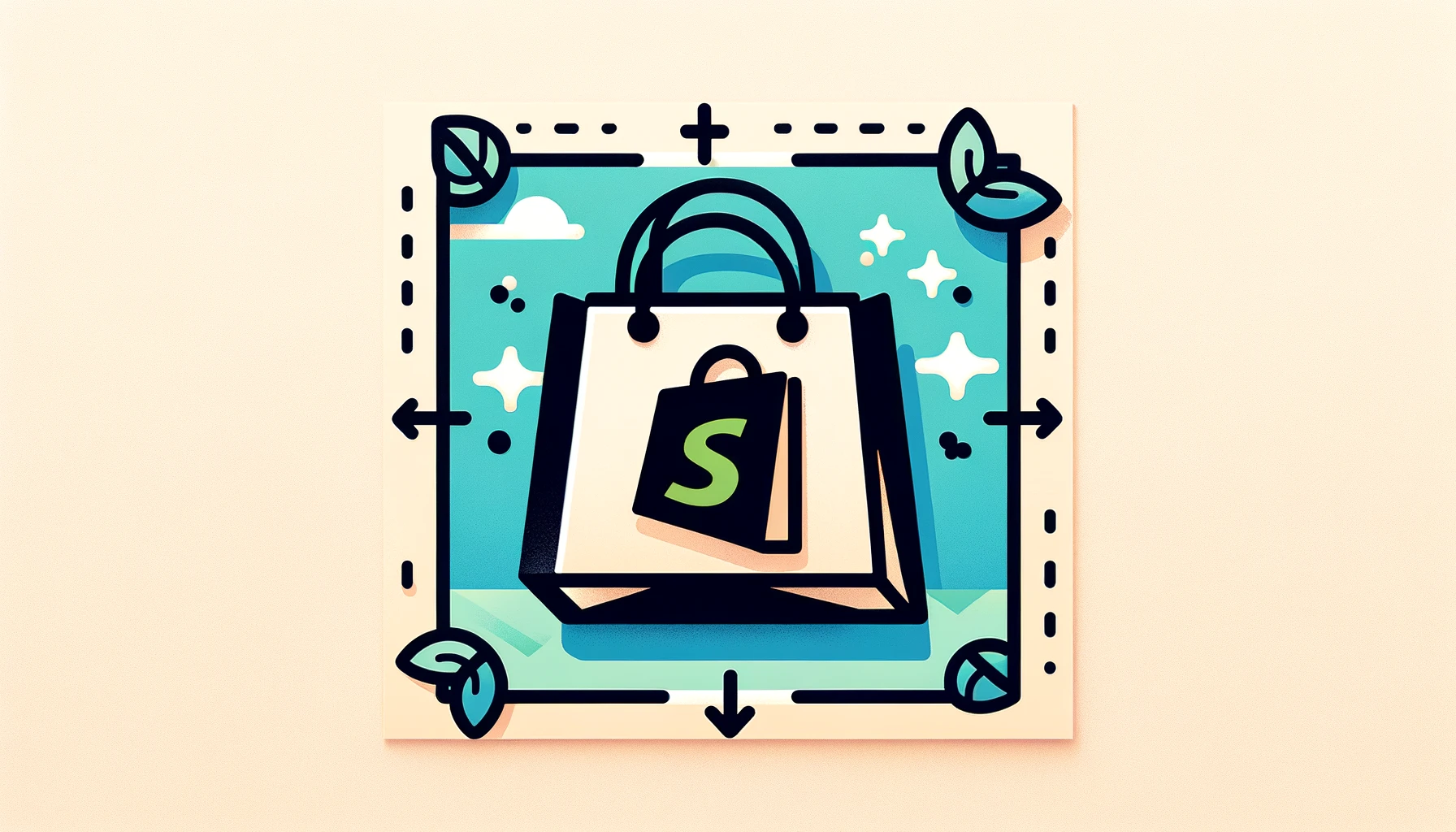Whether you’re a seasoned web developer or a new Shopify store owner, the sight of Shopify Liquid code is a familiar one. This template language, exclusive to Shopify, is the backbone of all Shopify themes, facilitating the dynamic display of content on millions of online stores. Understanding Shopify Liquid is crucial for anyone looking to customize or create themes on the Shopify platform.

Video Tutorial
If you prefer watching video tutorials, the below video is the video version of this article.
Otherwise, you may continue reading and learn more about Shopify Liquid.
Introduction to Shopify Liquid

The Evolution of Shopify Liquid
Shopify Liquid has come a long way, constantly evolving to meet the growing demands of e-commerce and theme development. As we move into 2024, it remains at the forefront of Shopify theme design and development, offering unparalleled flexibility and power to developers.
So, Why is it Essential for Theme Customization?
The essence of Shopify Liquid lies in its ability to bridge the server-side with the store’s frontend. It’s the “middleman” that enables the dynamic rendering of content, from product details, collections to blog posts, ensuring each visitor’s experience is unique and personalized.
Understanding the Basics of Shopify Liquid
What is Shopify Liquid
Shopify Liquid is a template language that allows developers to inject dynamic content into the HTML of Shopify stores. Unlike traditional HTML, Liquid code can adapt and change based on the data it receives from the Shopify server, making it an invaluable tool for creating flexible and dynamic e-commerce websites.
Template Languages Explained!
Template languages like Shopify Liquid serve as intermediaries between a website’s backend and its frontend, enabling the seamless integration of static and dynamic content. This ensures that users are presented with up-to-date information tailored to their browsing experience.
The Role of Shopify Liquid in Theme Development
Static vs. Dynamic Content
In web development, there are two contents that you can render: Static Content and Dynamic Content.
The distinction between static and dynamic content is fundamental in web development. While static content remains unchanged, dynamic content can vary based on parameters like URL handles, ensuring that pages like product listings are always up to date.
Getting Started with Shopify Liquid

Setting Up Your Development Environment
Before starting your journey into Shopify Liquid, setting up a proper development environment is important. This includes accessing Shopify’s theme code editor or using a local development tool like Shopify CLI, which allows for testing and debugging in a sandbox environment.
Basic Syntax of Liquid
Shopify Liquid’s syntax is designed to be intuitive for those familiar with HTML and web development. Understanding its basic constructs—such as variables, loops, and filters—is the first step towards mastering theme development with Liquid. Like other templating language, Shopify uses double-curly braces to output a value. For example:
<div class="wrapper">
{{ shop.name }}
</div>
Code language: HTML, XML (xml)And for tags, Liquid is using an open-curly brace followed by a percentage (to close is the same but the other way around):
<div class="wrapper">
{% shop.name %}
</div>
Code language: HTML, XML (xml)For filters, you simply need to add the filter and any parameters within the curly brace delimiters {{ }}, preceded by a pipe character |. For example:
<div class="wrapper">
{{ shop.name | upcase }}
</div>
Code language: HTML, XML (xml)Designing Themes with Shopify Liquid
Creating Responsive Layouts
In the era of mobile shopping, responsive design is non-negotiable. Shopify Liquid plays a crucial role in creating flexible theme layouts that adapt to various screen sizes, ensuring a seamless shopping experience across all devices.
Shopify Liquid and API Integration
Understanding the Limitations
While Shopify Liquid is potent, it has its limitations, particularly regarding direct API calls to third-party services. However, Shopify offers a robust set of APIs that Liquid can interact with, opening up a world of possibilities for theme customization and functionality enhancement.
Optimizing Your Shopify Themes for Performance
Speed Optimization Techniques
A fast-loading theme is essential for keeping visitors engaged and reducing bounce rates. Shopify Liquid developers can employ various techniques, such as lazy loading images and minimizing Liquid code complexity, to enhance their themes’ performance.
The Future of Shopify Liquid
Upcoming Features and Trends
As we look towards the future, Shopify Liquid is set to introduce new features and improvements (like Theme Blocks) that will further empower developers and designers. Staying informed about these changes is crucial for anyone involved in Shopify theme development. We encourage you to join our Discord server to get the latest news about these changes.
